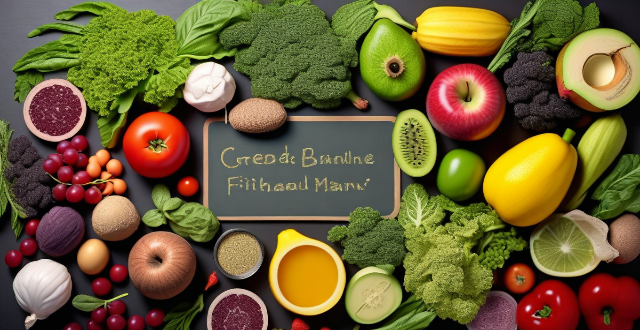To create a balanced fitness meal plan, start by determining your caloric needs and focus on nutrient-dense foods. Include lean protein, whole grains, fruits, vegetables, and healthy fats in your meals. Balance your macronutrients (carbs, protein, and fats) and plan your meals and snacks ahead of time to ensure you're getting the right balance of nutrients throughout the day. Stay hydrated and be mindful of portion sizes to support your health and fitness goals.

How to Create a Balanced Fitness Meal Plan
Creating a balanced fitness meal plan is essential for achieving your fitness goals, whether you want to lose weight, gain muscle, or simply maintain a healthy lifestyle. Here are some steps to help you create a well-rounded and nutritious meal plan:
1. Determine Your Caloric Needs
The first step in creating a balanced fitness meal plan is to determine your daily caloric needs. This will depend on factors such as your age, gender, height, weight, and activity level. You can use online calculators or consult with a registered dietitian to determine your caloric needs.
2. Choose Nutrient-Dense Foods
Focus on nutrient-dense foods that provide a good source of vitamins, minerals, and other essential nutrients. These include:
- Lean protein: Chicken, fish, beans, tofu, and low-fat dairy products
- Whole grains: Brown rice, quinoa, oats, and whole wheat bread
- Fruits and vegetables: A variety of colorful fruits and vegetables, including leafy greens, berries, and citrus fruits
- Healthy fats: Avocado, nuts, seeds, and olive oil
3. Incorporate Macronutrients
Make sure your meals contain a balance of macronutrients:
- Carbohydrates: Choose complex carbohydrates like whole grains, fruits, and vegetables for sustained energy.
- Protein: Include lean protein sources at each meal to support muscle growth and repair.
- Fats: Incorporate healthy fats into your meals for optimal brain function and hormone production.
4. Plan Your Meals and Snacks
Plan your meals and snacks ahead of time to ensure you're getting the right balance of nutrients throughout the day. Aim for three meals and two to three snacks per day, depending on your caloric needs and preferences.
Here's an example of a balanced fitness meal plan:
Breakfast:
- Greek yogurt with mixed berries and almonds
- Whole wheat toast with avocado spread
Snack:
- Apple slices with peanut butter
Lunch:
- Grilled chicken breast with roasted vegetables (broccoli, carrots, and sweet potatoes)
- Quinoa salad with spinach, cherry tomatoes, and cucumber
Snack:
- Cottage cheese with sliced peaches
Dinner:
- Baked salmon with lemon and herbs
- Steamed green beans and brown rice
Remember to stay hydrated by drinking plenty of water throughout the day. Additionally, be mindful of portion sizes and avoid overeating. By following these steps, you can create a balanced fitness meal plan that supports your health and fitness goals.